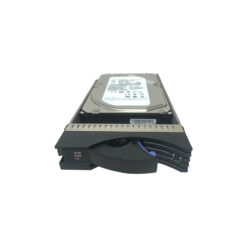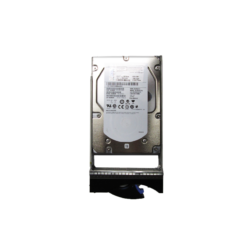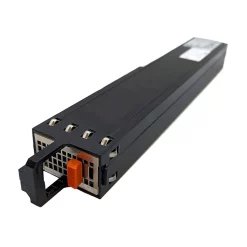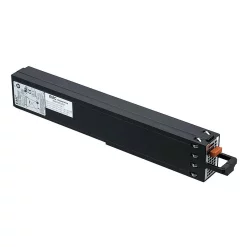Breaking Down EMC Unity All-Flash: What IT Leaders Need to Know
Overview of EMC Unity All-Flash
EMC Unity All-Flash is a midrange storage array solution designed to provide a balance of performance, scalability, and simplicity. Launched by Dell EMC, Unity targets enterprises that require high levels of performance to support a variety of applications, including virtualized workloads, transactional and analytical databases, and desktop virtualization.
Key Features
- All-Flash Architecture: Designed with a flash-first mindset to deliver consistent high performance and low latency.
- Unified Storage: Provides both block and file storage, supporting protocols like iSCSI, Fibre Channel, NFS, and SMB.
- Data Efficiency: Offers inline data reduction, including deduplication and compression, to optimize storage utilization.
- Flexible Deployment: Available as a physical appliance or as a virtual storage appliance, suitable for various IT environments.
- Proactive Monitoring and Reporting: Integrates with Dell EMC CloudIQ for intelligent monitoring and real-time analytics.
Technical Specifications and Architecture
| Component | Specification |
|---|---|
| Storage Processor | Intel Xeon CPUs with multiple cores |
| Memory | 64GB to 384GB per storage processor |
| Drive Types | SSD (SAS, NVMe) |
| Max Drives | Up to 1500 drives |
| Protocol Support | iSCSI, FC, NFS, SMB |
Hardware Architecture
The EMC Unity All-Flash leverages a modular architecture that consists of dual storage processors for redundancy and performance. Each processor can handle I/O operations independently, ensuring high availability. Drive bays are connected over a high-speed interconnect to ensure seamless data transfer across the array.
Software Architecture
The Unity Operating Environment (OE) orchestrates data management activities. The software includes features such as FAST (Fully Automated Storage Tiering), snapshots, thin provisioning, and data-at-rest encryption to safeguard data.
Data Flow and Operations
The EMC Unity All-Flash storage system handles data flow using a streamlined process:
- Data Ingestion: Incoming data is received by the storage processors through a variety of access protocols.
- Data Processing: Inline deduplication and compression algorithms reduce data size before writing it to flash storage.
- Data Layout: The system distributes data across SSDs using a balanced algorithm to enhance wear leveling and performance.
- Data Access: When data is requested, it is read from the lowest latency path available, exploiting the parallel nature of SSDs.
Strengths and Weaknesses
| Aspect | Strength | Weakness |
|---|---|---|
| Performance | High throughput and low latency due to all-flash design | Could face bottlenecks in extremely high transaction environments |
| Scalability | Capacity expansion is seamless and non-disruptive | Limited by the maximum supported drive count |
| Data Efficiency | Effective data reduction with inline deduplication/compression | Potential performance impact during peak loads |
| Manageability | Intuitive interface with comprehensive central management | Initial configuration can be complex for non-experts |
Comparison with Competing Technologies
When compared to its industry counterparts like NetApp AFF and Pure Storage FlashArray, EMC Unity All-Flash offers similar features but with unique distinctions:
- NetApp AFF: Offers continuous data protection and cloud integration, but Unity provides better TCO with its integrated cloud tiering feature.
- Pure Storage FlashArray: Known for its ease of management and data density, Unity provides more versatile deployment options with its support for NAS and SAN simultaneously.
Use Cases
EMC Unity All-Flash is adept for various demanding IT workloads. Examples include:
- Virtual Desktop Infrastructure (VDI): Handles thousands of user sessions efficiently by leveraging its high IOPS capability.
- Database Workloads: Supports Online Transaction Processing (OLTP) to deliver rapid query responses vital for business-critical applications.
- Consolidated Infrastructure: Allows a variety of data types and formats to reside on the same platform, simplifying data center environments.












